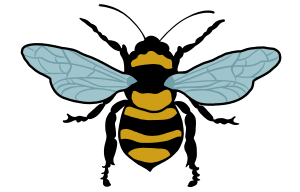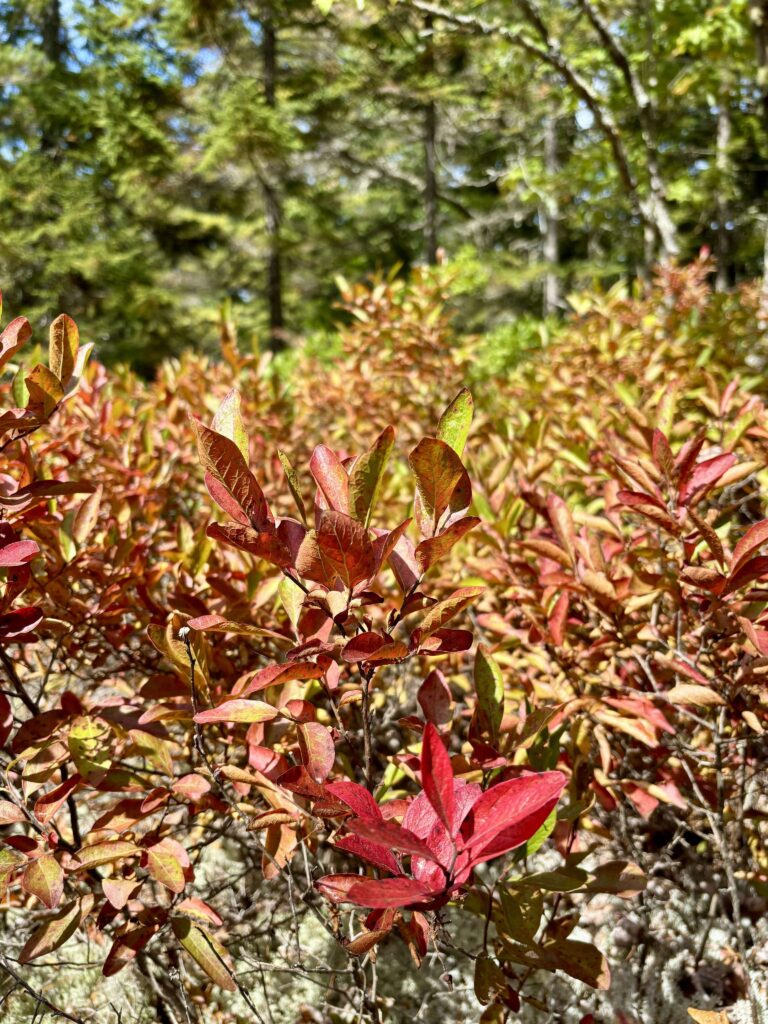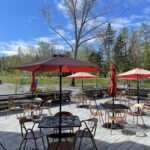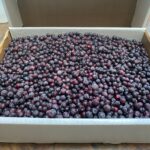Autumn is such a poignant time of year, as the vibrant life energy of summer begins to fade into the darker and more contemplative cool-weather seasons. For many, autumn evokes a feeling of grief and foreboding and is barely more than a signifier of the long and imminent winter beginning to close in. Fall happens to be my favorite season for a number of reasons. I do begin to grieve the warmth and vibrancy of summer as it slips away, but am also made all the more conscious of its value and the ephemeral beauty of the natural world around us by its dramatic retreat. It is around this time of year that day length shortens noticeably and nighttime temperatures begin to plummet. The last of the aster and goldenrod blooms glow stalwartly from increasingly drab fields and roadsides, racing the clock to complete their reproductive cycles in the face of falling ambient temperatures. I struggle with my fair share of Seasonal Affective Disorder during the winter months, but try not to let that detract/distract me from the beauty of the moment during fall-time. As an artist, one of my favorite things about this season is how dramatically the color palette of the world begins to shift. The cool, fresh tones of summer (greens, pinks, purple, blues) are transformed to unveil a completely new landscape. The deciduous trees that set much of the stage to life in Downeast Maine morph into stunning arrays of neon oranges, scarlet reds, vibrant yellows, bronzes and browns, complimented by the rich, varied greens of conifers and evergreens. The blueberry barrens don their cloaks of flaming pomegranate hues and often roll right down to the shoreline or horizon here on the Blue Hill Peninsula, where the contrast of the gunmetal blue ocean or an arctic blue sky and the vibrant fields lay out a veritable feast for the senses. The wildlife around us are set into action, preparing for the long winter ahead, just as desperate to drink in (and eat!) as much of the remnants of summer as we are. A scientist at heart, I am particularly interested in investigating the “why” of life’s countless and seemingly miraculous phenomena, which brings me to the topic of today’s blog: Why do the trees change color in the Fall?
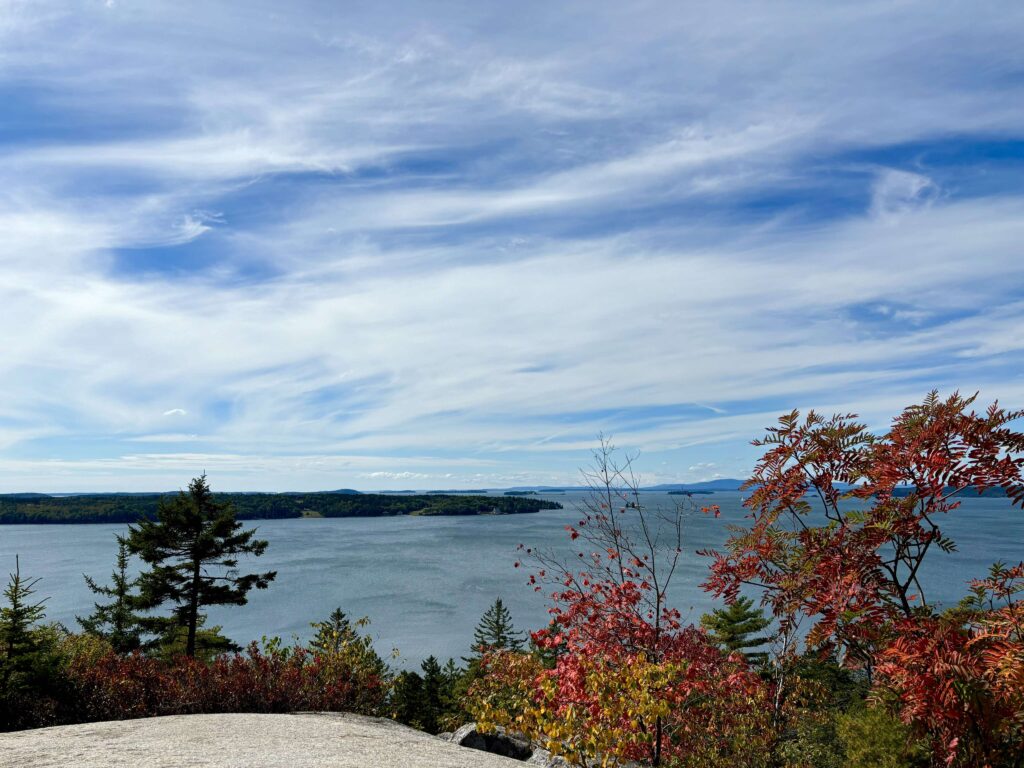
Although it’s easy to assume that the changing foliage is caused by declining air temperatures, the main driver of leaf color change is actually light. Ensuing the Autumnal Equinox, when day and night length are fairly even, night length begins to extend. The reduced day length cues deciduous plants to shift their activity from gathering energy to preparing for winter dormancy. Chlorophyll is the pigment in plants that is responsible for their green color and for light absorption via photosynthesis. As day length shortens, a corky wall of cells begins to form in leaves between the twig and leaf stalk. This “Abscission zone” wall seals off the vessels that provide nutrients and water to the leaf, and also traps simple sugars within. This is the mechanism that causes leaves to eventually dry up and fall off. Reduced water, nutrient supply, and light triggers the process of breaking down chlorophyll in the leaf, which causes the green color to fade. Because chlorophyll masks other pigments contained in leaves, a plethora of other colors become visible as it breaks down.
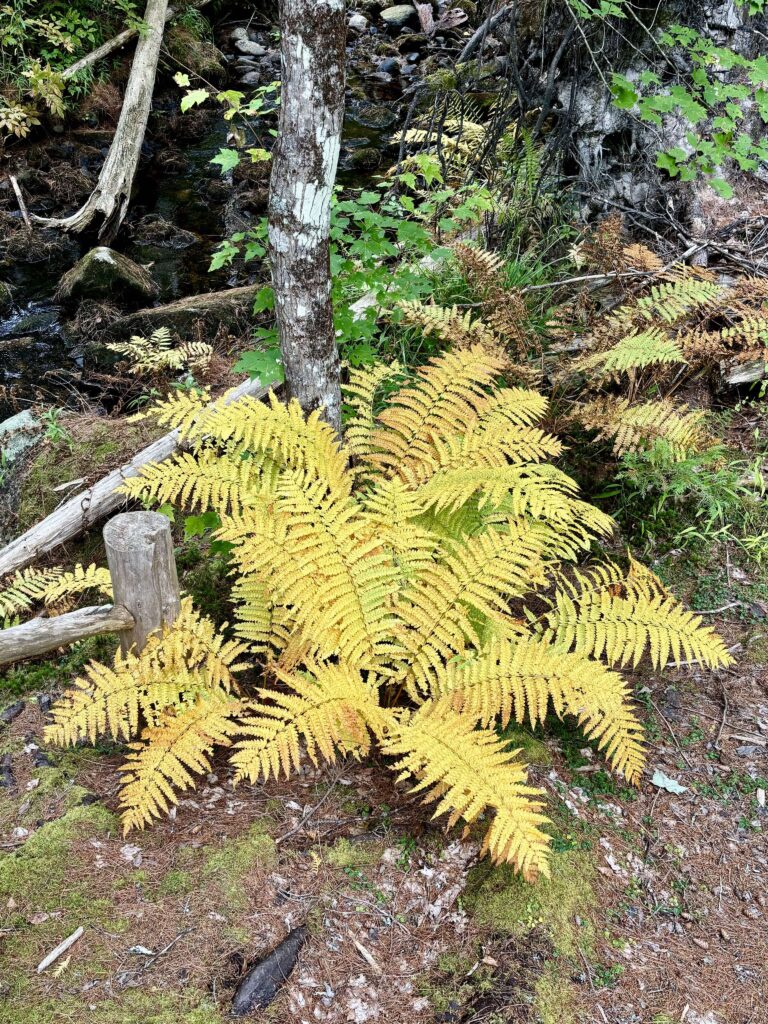

Carotenoids are the pigment responsible for brilliant yellows and oranges (and are also found in many brightly colored fruits and vegetables, such as carrots and bell peppers). Ash, basswood, beech, birches, elm, willow, poplar, and boxelder are all chock full of these carotenoids. Anthocyanins produce the deep red and purple hues in leaves (and can be found in foods such as blueberries and red cabbage). Red, mountain, and sugar maples, as well as hornbeam, sumac, white ash, witch hazel, and tupelo are all rich in anthocyanins and account for the many different shades of red and purple in the autumn landscape. The presence of tannins in leaves will turn leaves brown or tan. Interestingly, carotenoids exist in plants year-round, whereas anthocyanins are freshly produced by the plant as fall conditions begin to build. Science can’t explain why a plant would bother to produce a new pigment while trying to conserve resources for the oncoming winter but some theories are that the bright red color could deter insects pests from feeding on leaves, or that red leaves might attract birds to feed on (and spread) the trees’ fruit. Another speculation is that the red pigment might provide a degree of sunscreen for the leaf and stave off late season sun damage, thereby allowing foliage to persist on the tree longer than if they stayed green or yellow. The simple sugars trapped in autumn leaves are responsible for much of the vividness of the colors. Sunlight acts on the trapped sugars to produce additional anthocyanins, which is why fall foliage tends to intensify after several bright days and appear more muted during rainy spells. As the residual nutrients in the leaf are reabsorbed by the tree, the remaining tannins will turn it a brown color. Oak leaves have a particularly high tannin content, and therefore tend to display more tan and brown colors in the fall.
Although daylight is the main factor responsible for bringing on fall foliage, other factors also play a role in how bright leaves are in any given year, such as temperature, precipitation and soil moisture. In general, a wet growing season followed by a sunny autumn with dry weather and cold, frostless nights will produce the most vibrant fall colors.This is especially true of red-leaved trees such as sugar and red maples. Precipitation is a delicate balance, though, because the stress of drought conditions during late summer and early fall can also cause an “early shutdown,” where leaves release from trees before they’ve reached their full color potential. Freezing temperatures or a hard frost can also halt chemical processes within leaves and result in dull colors or an early drop.
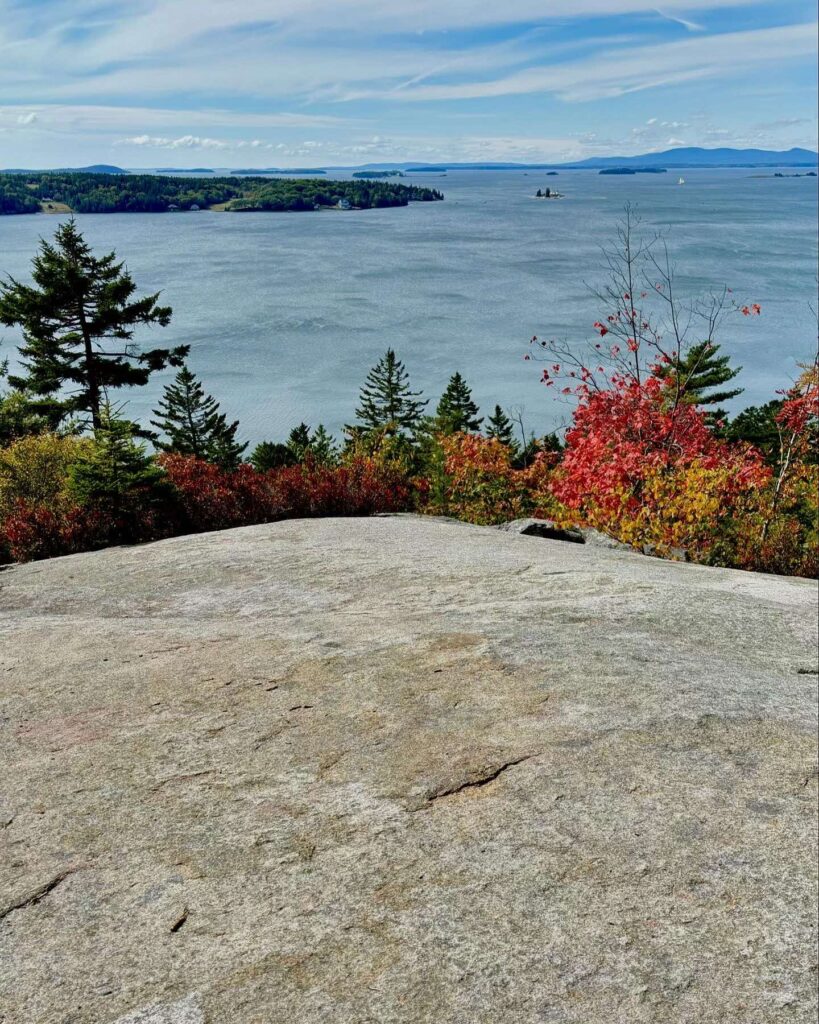
New England, the upper Midwest, the Rocky Mountains, and parts of the Appalachians are America’s premier leaf-peeping destinations in the fall. In Maine, we are lucky enough to have front-row seats to the show! Tourists flock from far and wide to view this event, with Acadia National Park ranking as the top leaf-peeping destination in the USA by US News. Leaves begin to change their color from as early as mid-September all the way through early November, but the second and third week of October are typically peak (depending on location and local weather conditions).
According to the Farmer’s Almanac, the longer term October forecast for the Blue Hill is an average of 48℉ (1℉ cooler than normal) and precipitation of precipitation 2.5″ (1.5″ below avg). November’s average temperature is predicted to be 44℉ (5℉ above average) with precipitation of precipitation 2″ (1″ below avg.) Based on these predictions and my personal observations so far, I’d say we’re in for some particularly radiant colors this year on the Peninsula.
Some final fall thoughts to “leaf” you with are in reference to the critters preparing to overwinter in our backyards. Once all of those beautiful leaves have been shed from the trees, there is always the question of what (if anything) to do with them. Some ideas to keep them circulating naturally in your environment, as opposed to removing them are:
- Add some shredded or whole leaves to your garden beds or use them as mulch on other areas of your property so they can break down naturally and provide shelter for hibernating critters in the meantime
- Mulch them with a mower as opposed to raking, which adds nutrient and organic matter back to your soil and also reduces weed seed germination
- Leave some leaf piles in the corners of your yard and allow leaves to remain underneath shrubs (as a natural insulator). By doing so, you are providing valuable shelter opportunities for overwintering pollinators! Butterfly chrysalises will often hang overwinter from dead plants, caterpillars will roll themselves into dry leaves, native bees will overwinter in hollow stems, etc. Frogs, toads, salamanders, and other wildlife need leaves to overwinter in, as well.
- If you choose to rake and remove leaves, consider composting. If you don’t have a home compost pile or can’t keep a compost pile, contact Chickadee Compost to inquire about signing up for their local composting service!
Sources cited
Article by Sarah Scamperle, Marketing Assistant
Photos by Robin Byrne, Cheese Manager

